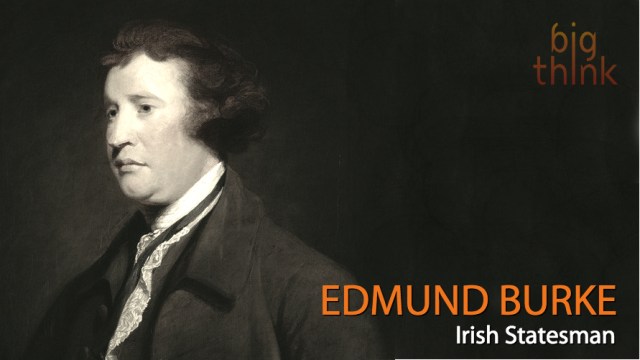“Female Viagra” Pathologizes Women’s Sexuality

A medication commonly referred to as female Viagra, because it works to stimulate female sexual desire, is once again before the Food and Drug Administration for approval.
Called flibanserin, the drug is promoted by Sprout Pharmaceuticals and has been rejected twice already due to concerns over its safety (in this round of reviews, FDA asked for more proof that women could safely drive while using the medication).
But comparing the treatment to Viagra is a misnomer, says Dr. Adriane Fugh-Berman of PharmedOut, a Georgetown University Medical Center project. Whereas Viagra is taken only when a specific biological issue arises — erectile dysfunction caused by a lack of blood flow — flibanserin is a daily pill that works to change the chemical balances in the brain.
“It’s not a very effective drug,” said Fugh-Berman. “It has to be taken every day and we don’t know the long-term effects. … Viagra and similar drugs actually work for erectile dysfunction. Erectile dysfunction is not libido. It’s really different.”
While the company has publicized the medication as a women’s rights issue, i.e., the FDA ought to approve flibanserin because women have the same right to sexual pleasure as men, the campaign falsely equivocates male with female sexuality.
For men, sexual stimulation follows from the desire for sex. If there is no desire, there will be no stimulation. But in women, desire and arousal often result from stimulation. First stimulation, then arousal. So an apparent lack of female desire may tell more about the quality of a woman’s intimate relationship than a supposed medical condition.
Dr. Beverly Whipple, the certified sex researcher who popularized the notion of the G-spot, explains the fundamental difference between male and female sexuality as the difference between linear and circular progression:
“When I talk to couples about sensuality and sexuality, I show two different ways that people respond in terms of their sexual experiences. And one is goal-directed. And here I use the analogy of a staircase where each step leads to the next step, touch, kiss, caress, vagina/penis contact, top step of the big O or orgasm. … There are also people who are pleasure-directed and here I use the analogy of a circle, where any activity on the perimeter of the circle can be an end in itself… I think that we know that most men are linear and goal-directed and most women are more circular.”
Whipple suggests that the mistaken equivocation between male and female sexuality may be due to testing regulations FDA once imposed to protect women of childbearing age from potentially damaging medical research.
“The FDA banned the testing of women of childbearing ages in drugs so from 1977 until 1993, no new drugs that were developed were tested in women. So they tested them in men and the findings were extrapolated to women. And I think that we got into this mindset of, well, if men react this way, women must react the same way. And it’s not true.”
Read more at The New York Times.



